Introduction: The suspension system of a vehicle plays a crucial role in providing a smooth and comfortable ride. Among its key components, shock absorbers have a significant impact on the overall stability and handling of a vehicle. Over time, these vital parts can wear out or become damaged, leading to compromised performance and safety. In this article, we will explore the symptoms of a broken shock absorber, enabling vehicle owners to identify potential issues and take timely action to rectify them.
Excessive Bouncing and Vibrations: One of the most noticeable symptoms of a broken shock absorber is excessive bouncing and vibrations while driving. When shock absorbers are worn out or damaged, they lose their ability to absorb impacts effectively. As a result, even minor road irregularities, such as potholes or speed bumps, can cause the vehicle to bounce excessively. The bouncing sensation is often accompanied by increased vibrations throughout the car, making the ride uncomfortable and potentially compromising vehicle control.
Longer Braking Distances : A broken shock absorber can adversely affect the braking performance of a vehicle. When shock absorbers are in good condition, they help maintain consistent tire contact with the road surface, allowing for better traction and control during braking. However, when these components fail, the tires can lose contact with the road more easily, leading to longer braking distances. This can be dangerous, especially in emergency situations where a split-second delay in stopping could have serious consequences.
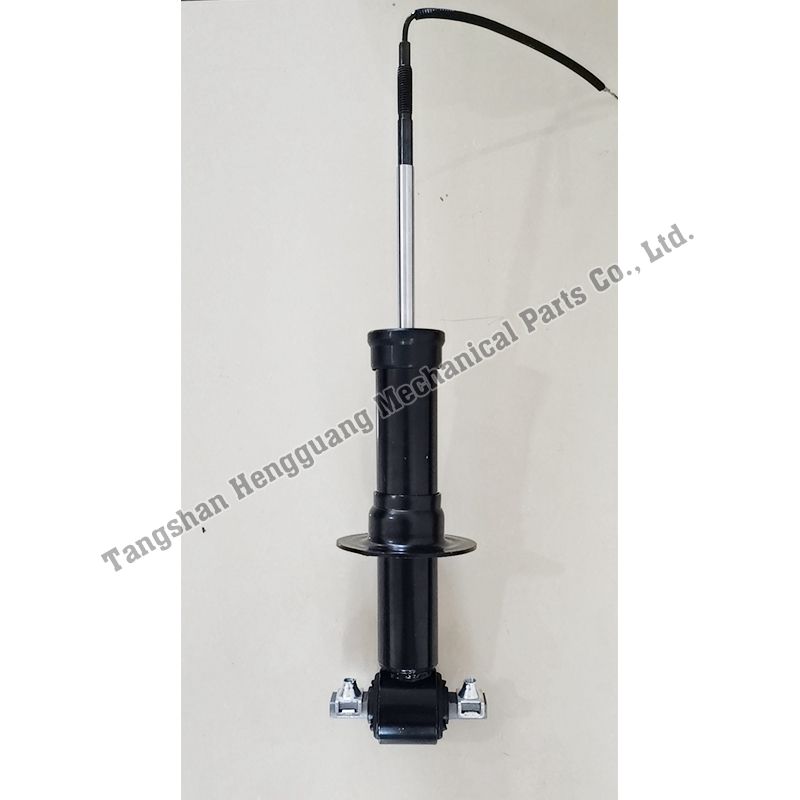
Explore more:How a Radiator Works in a TruckBrake pads vs. brake shoesHow does an auto engine work?Replacing a Cylinder HeadHow do you know if my coil springs are bad?The Cost-Effectiveness of Investing in Long-lasting Brake PadsWhat Does the Clutch on a Car Actually Do?Poor Handling and Stability: A compromised shock absorber can significantly impact the handling and stability of a vehicle. As shock absorbers wear out, they are unable to control the movement of the suspension effectively. This can result in a "floating" sensation while driving, where the vehicle feels less stable, particularly during cornering or when changing lanes. The steering may become less responsive, requiring more effort to maintain control. These handling issues not only diminish driving comfort but also increase the risk of accidents, as the driver's ability to maneuver the vehicle safely is compromised.
Uneven Tire Wear: Another telltale sign of a broken shock absorber is uneven tire wear. When these components malfunction, they fail to maintain even weight distribution across all four tires. As a result, certain tires may bear more weight and experience increased friction with the road, leading to uneven tire wear patterns. The tires affected by this issue may exhibit scalloping or cupping, where the tread surface appears irregular and worn in patches. Not only does this reduce tire lifespan, but it also poses a safety hazard, as compromised tires may have reduced grip and traction.
Conclusion: The symptoms of a broken adjustable shock absorber should never be overlooked, as they can impact vehicle safety, performance, and ride quality. Regular inspection and maintenance can help identify and rectify issues promptly, ensuring a smoother and safer driving experience.
Explore more:Everything You Need to Know about a Brake Slave CylinderElectric Motor Scooters and the Law: Navigating Regulations for a Smooth RideWhat Every Technician Needs to Know About Coil SpringsHow long does oil seal last?What Type of Brake Pads Are Best for Trucks?Guide to oil seals for your applicationHow important is a heater core in a car?




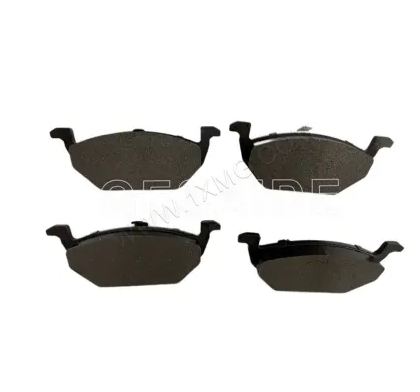


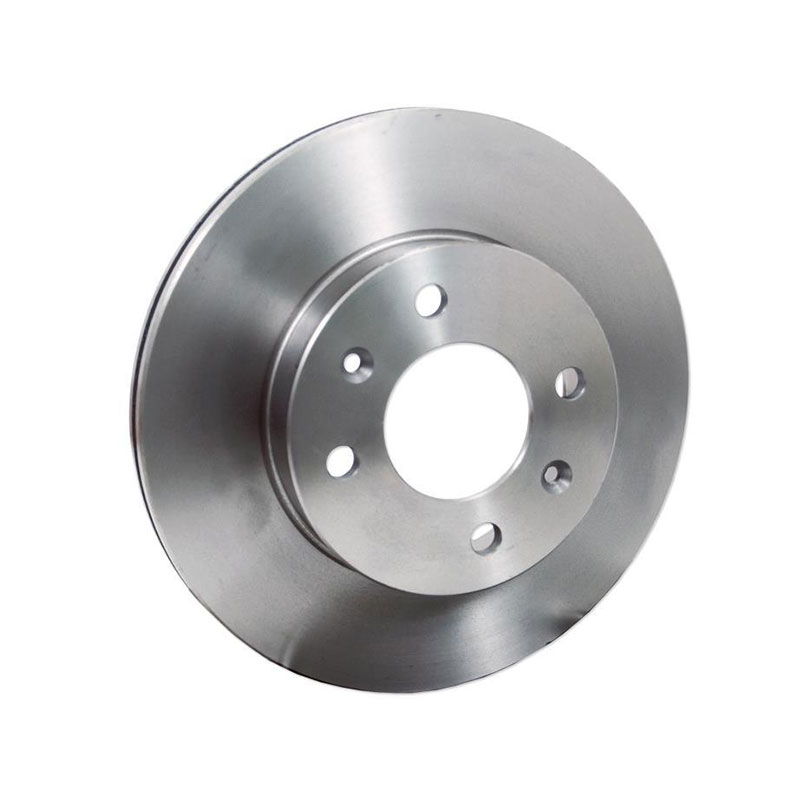
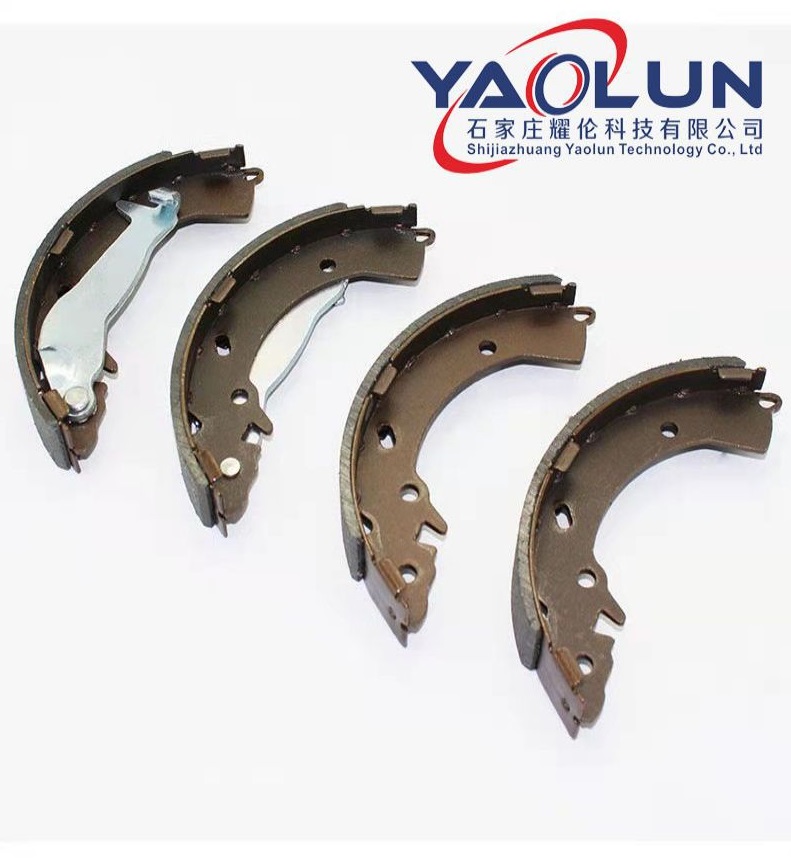
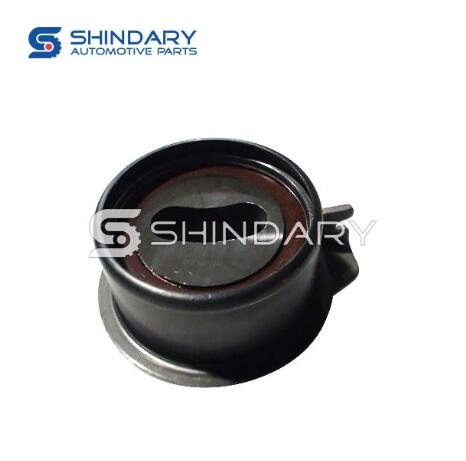

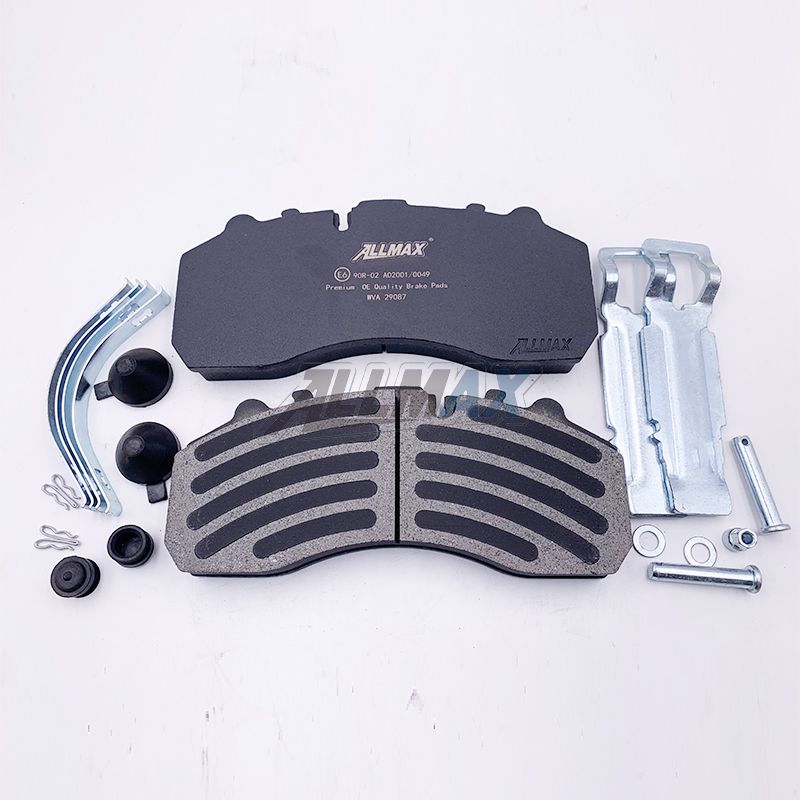
Comments
Please Join Us to post.
0